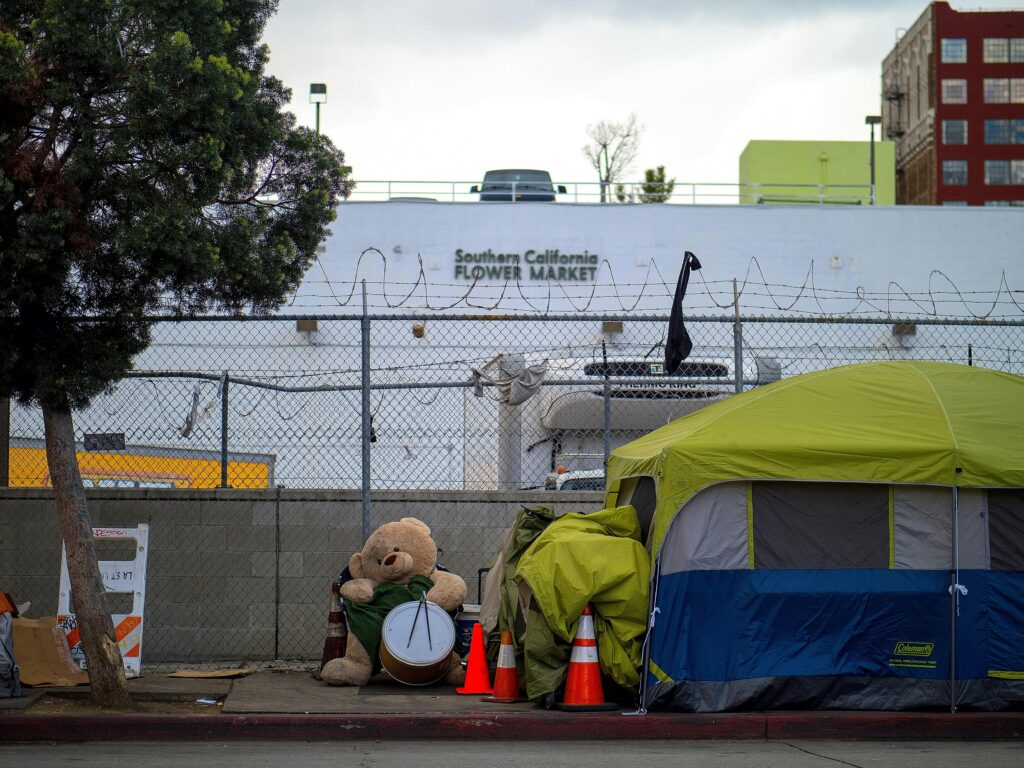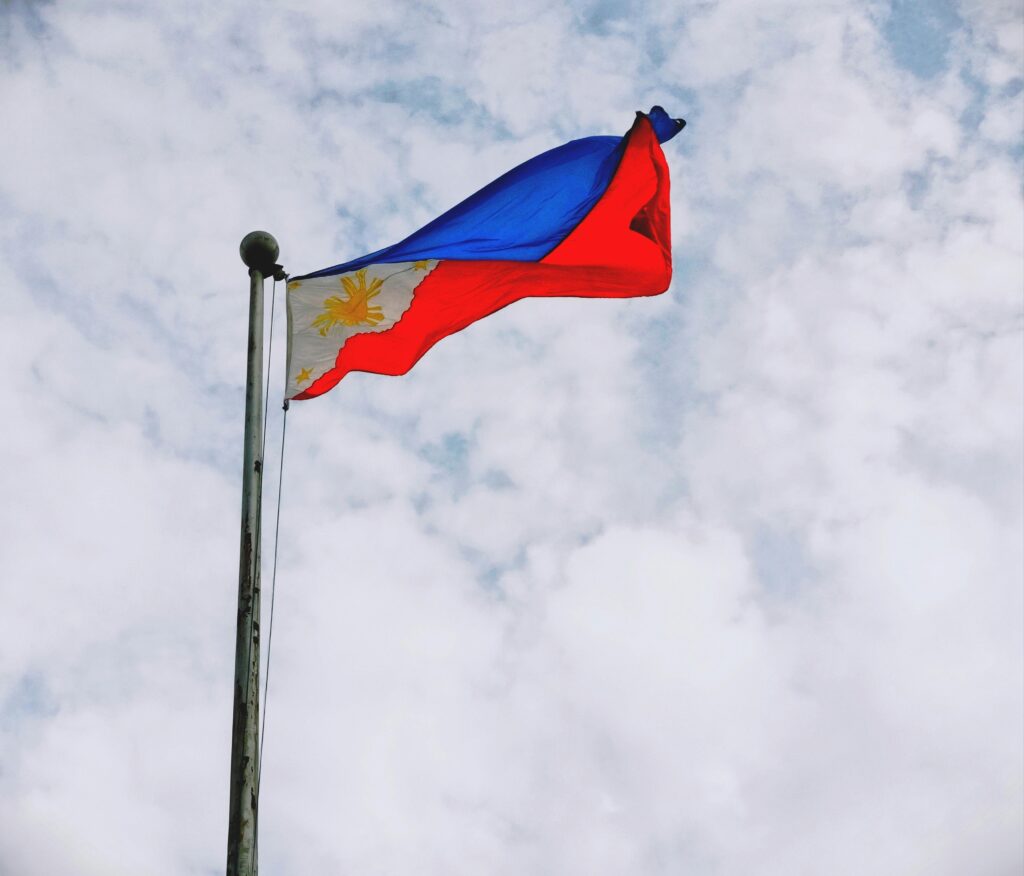
World Homeless Day: The Mental Health Realities of Homelessness
Homelessness is everywhere.
Growing up in Southern California in the 2000s, I remember that it was normal to see at least one unhoused person whenever I went into the city. When I later attended university in Los Angeles, it was rare to walk down a street without seeing someone experiencing homelessness.
That experience is familiar to many of us who live near large cities– and the data supports it. According to the U.S. Department of Housing and Urban Development, more than 770,000 people experienced homelessness in 2024, an increase of over 100,000 from the previous year (Office of Policy Development and Research, 2024). Behind each number is a person living with uncertainty, hardship, and often, poor mental health.
With October 10 marking both World Homeless Day and World Mental Health Day, this moment calls for reflection. It’s an opportunity to recognize the mental health challenges faced by people experiencing homelessness, to confront the stigma that colors the way we view them, and to better understand the daily challenges that they face.
Prevalence of Mental Health Disorders
When we picture someone experiencing homelessness, mental illness often comes to mind. Many instinctively link the two, assuming that every person living on the streets must also be living with a mental health condition. That stereotype can create fear and misunderstanding, but the real connection between mental illness and homelessness is far more complex (Barry et al., 2024).
Understanding the real scope of mental illness within this community is an important first step in improving the way society views and treats those that experience homelessness. To put these numbers into perspective, Barry and colleagues (2024) conducted a large-scale review of 85 studies examining mental health among people experiencing homelessness.
The Findings
One finding that I found truly shocking was that the lifetime prevalence of having a mental health disorder was 75% in people who experience homelessness. This means that at some point in their lives, 75% of the homeless population in these studies also suffered from a mental health disorder.
When looking at the types of the mental health disorders that were common in individuals experiencing homelessness, Barry et al. identified a few disorders that stood out (2024). They reported that the most common disorders in this community were substance use disorders, antisocial personality disorders, major depression, and other mood disorders.
Understanding how widespread mental health challenges are among people experiencing homelessness is only part of the story. Equally important is understanding how society’s reactions, particularly stigma, can make those challenges worse.
The Role of Stigma
One of the most damaging consequences of homelessness is the heavy stigma attached to it. It’s common to see people avert their eyes or walk quickly past someone living on the streets, as if their presence is something to avoid. We need to remember that this stigma goes beyond something that makes us feel uncomfortable, but that it also has real effects on the mental and physical health of the homeless.
The Consequences
To better understand these effects, Reilly and colleagues (2022) reviewed data from 21 studies examining how stigma influences the lives of people experiencing homelessness. Their findings revealed that stigma often discourages individuals from seeking help when they need it most. In several studies, participants described feeling dismissed or judged by healthcare providers simply because of their housing status. These experiences made them less likely to pursue future treatment or trust in the healthcare system.
Beyond reducing help-seeking behavior, Reilly et al. (2022) also found that stigma is linked to poorer health outcomes overall. One study cited in their review reported a moderate but clear connection between experiencing stigma and worse psychological health.
Taken together, these findings suggest a harmful cycle. Stigma damages mental well-being and makes people less likely to access care. In turn, this leads to untreated conditions such as depression or addiction worsening, which worsens both suffering and social isolation. Breaking this cycle requires that we both expand the mental health resources available but also confront the attitudes and assumptions that make stigma so pervasive in the first place.
How These Statistics Play Out in Reality
So far, we’ve explored research showing both the high prevalence of mental health disorders and the powerful role that stigma plays in limiting access to support among people experiencing homelessness (Barry et al., 2024; Reilly et al., 2022). The weight of that stigma, and the barriers it creates, can be seen clearly in the daily realities of those living without stable housing. When stigma pushes these people to the edges of society and locks them out of places for support, we find stories of fear and survival that show what it truly means to live under constant stress and judgment.
To close, I’d like to share the voices of individuals living through these realities, drawing from a study that interviewed members of the homeless community in San Francisco (Thorndike et al., 2022).
The Lived Reality of the Homeless
In their study, Thorndike and colleagues (2022) captured the daily emotional strain of life without stable housing. One participant described the constant stress of living outdoors, saying that the pressure and exhaustion can feel enough to drive a person “crazy.”
Clinic staff interviewed in the same study echoed these concerns. They explained that many of their unhoused patients describe being trapped in a cycle of sleeplessness and fear, resulting in them always needing to stay alert for danger. To cope, some turn to substances simply to find a few hours of rest.
Staff also noted that many people become unhoused while already managing a disability or chronic health condition. Once on the streets, these conditions often worsen through exposure to violence, accidents, and the harshness of life outside. One interviewee, for instance, shared that they still live in fear a year after being stabbed.
These stories reveal the deep trauma and stress tied to homelessness and specifically detail how those experiences amplify both mental and physical health challenges. When we think back to the statistics on mental illness and stigma, it’s essential to also remember the individual struggles that are intertwined with those findings.
Moving Forward with This Information
In this article, we explored the challenges faced by people experiencing homelessness: the high rates of mental health issues, the weight of stigma, and the personal toll of life on the fringes of society. We saw how stigma not only prevents individuals from seeking care but also deepens psychological distress, reinforcing a cycle of suffering and isolation. The stories and studies together reveal that homelessness is not just about the lack of a home, but the loss of support from others.
As we recognize both World Homeless Day and World Mental Health Day, this knowledge should inspire us to respond with empathy rather than judgment. Understanding how stigma fuels these struggles should drive us towards treating people with compassion. When we see the humanity in those experiencing homelessness, we take the first step toward breaking that cycle and creating a society where everyone has the chance to heal and belong.
On this World Homeless Day and World Mental Health Day, I challenge you to act with empathy whenever you encounter someone experiencing homelessness by listening, acknowledging, and supporting them whenever you can.
References
Barry, R., Anderson, J., Tran, L., Bahji, A., Dimitropoulos, G., Ghosh, S. M., Kirkham, J., Messier, G., Patten, S. B., Rittenbach, K., & Seitz, D. (2024). Prevalence of mental health disorders among individuals experiencing homelessness: A systematic review and meta-analysis. JAMA psychiatry, 81(7), 691–699. https://doi.org/10.1001/jamapsychiatry.2024.0426
Office of Policy Development and Research. (2024). The 2024 Annual Homelessness Assessment Report (AHAR)
to Congress. U.S. Department of Housing and Urban Development. https://www.huduser.gov/portal/sites/default/files/pdf/2024-AHAR-Part-1.pdf
Reilly, J., Ho, I., & Williamson, A. (2022). A systematic review of the effect of stigma on the health of people experiencing homelessness. Health & social care in the community, 30(6), 2128–2141. https://doi.org/10.1111/hsc.13884
Thorndike, A. L., Yetman, H. E., Thorndike, A. N., Jeffrys, M., & Rowe, M. (2022). Unmet health needs and barriers to health care among people experiencing homelessness in San Francisco’s Mission District: A qualitative study. BMC public health, 22(1), 1071. https://doi.org/10.1186/s12889-022-13499-w


